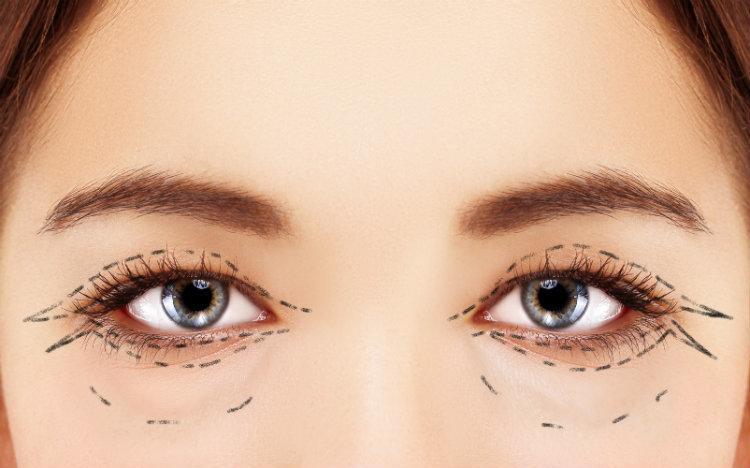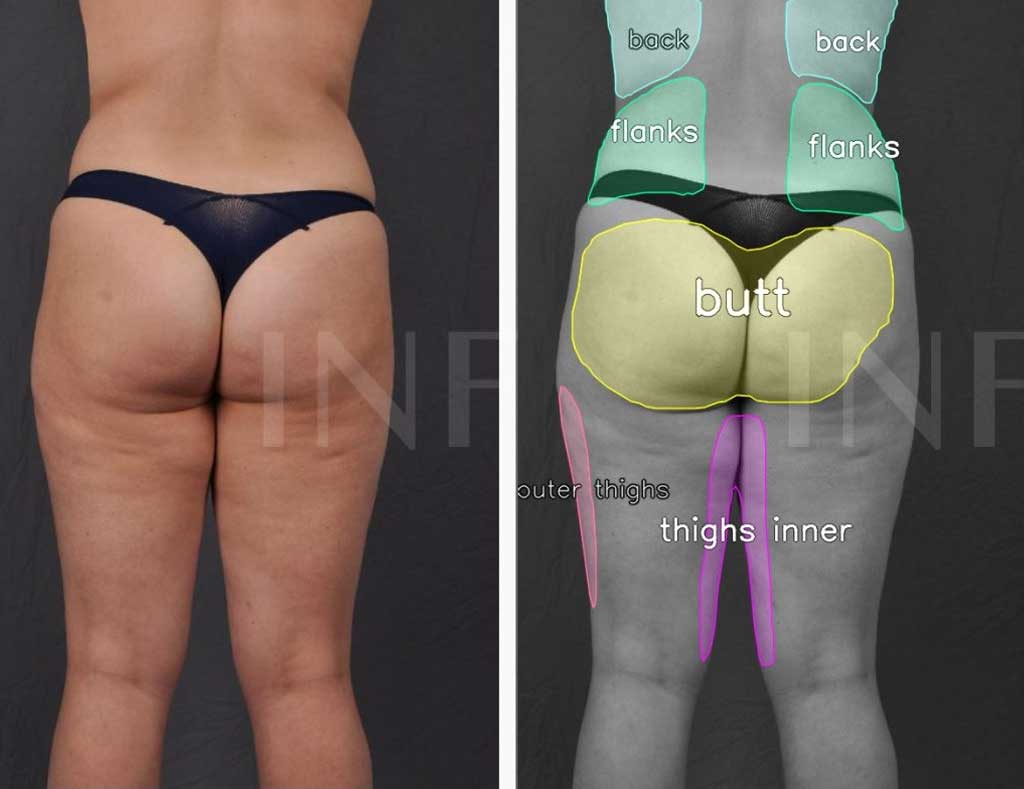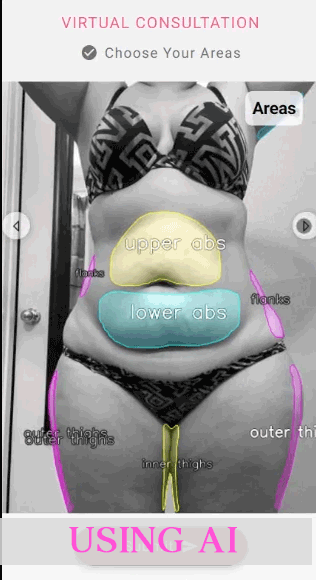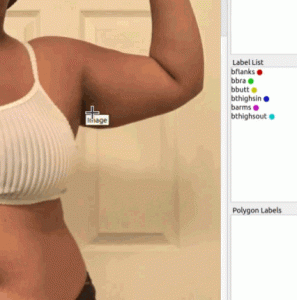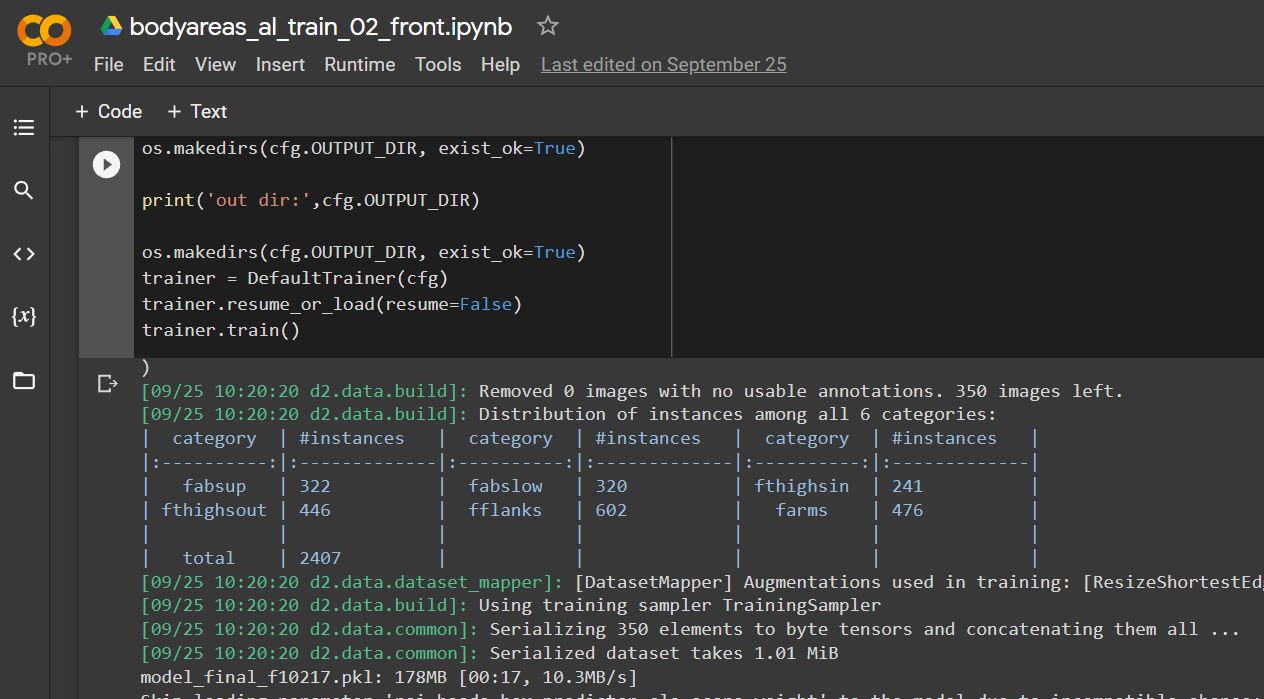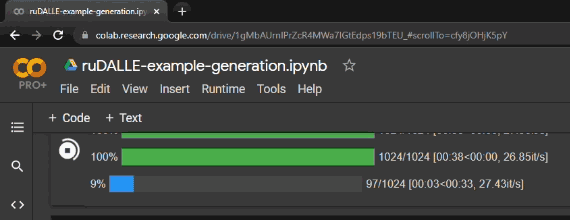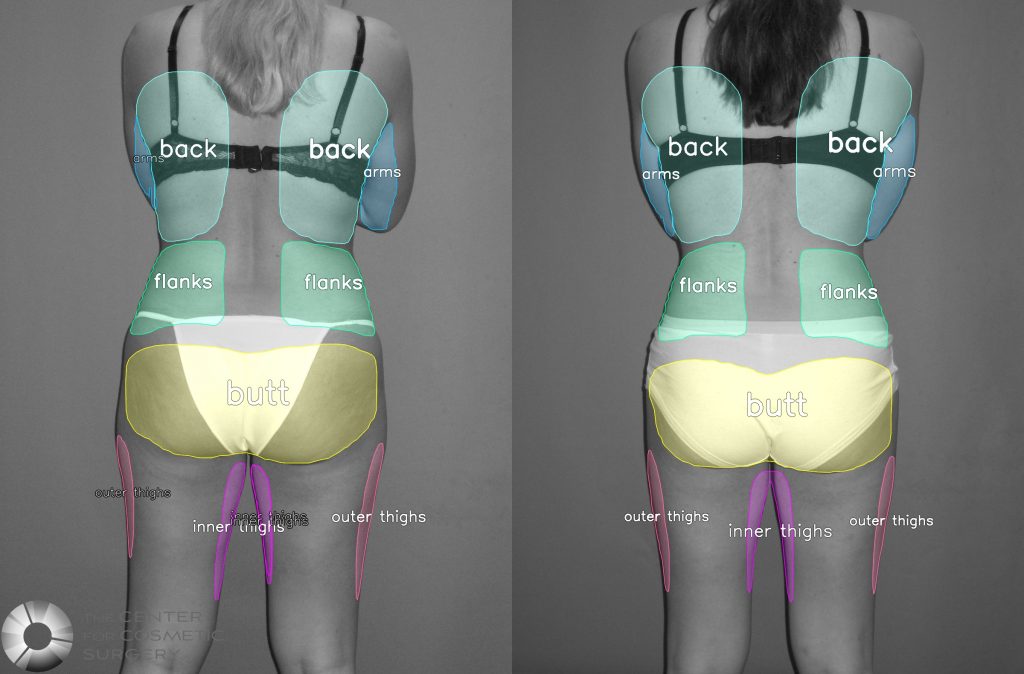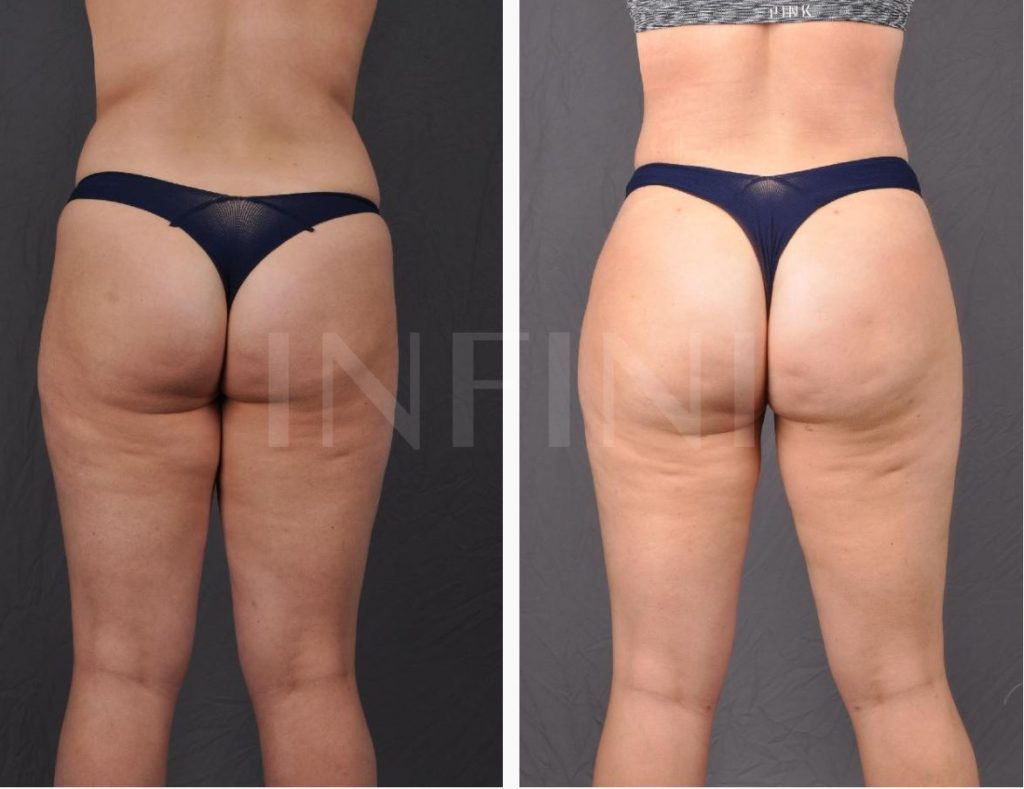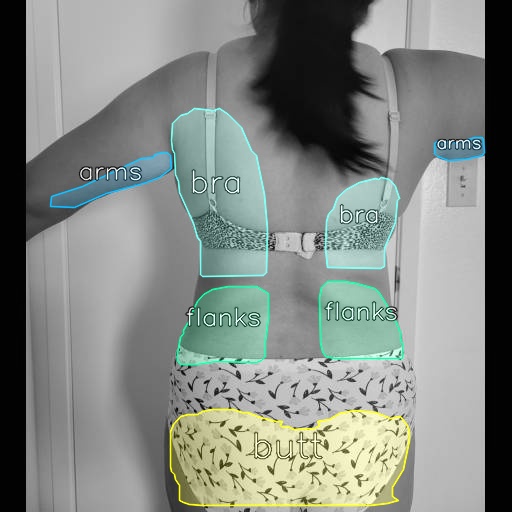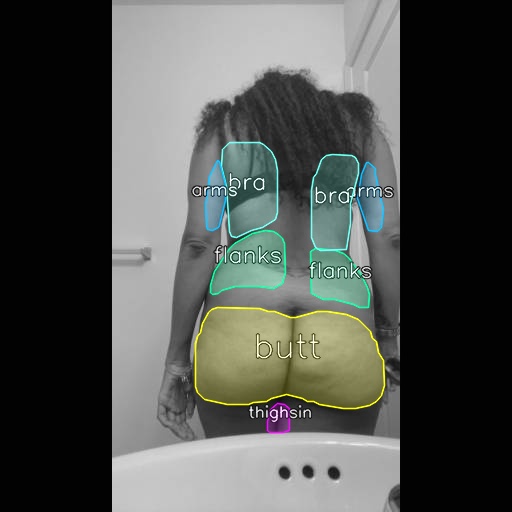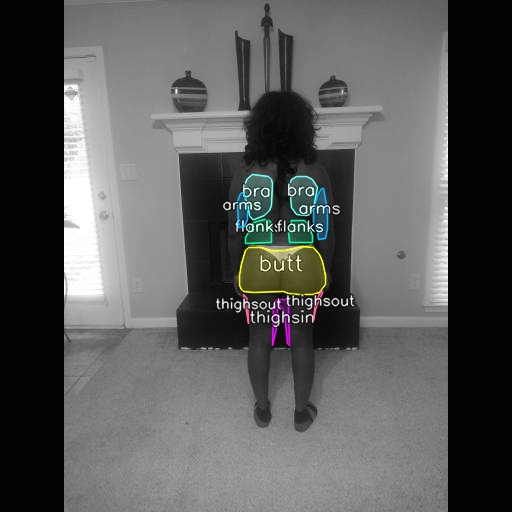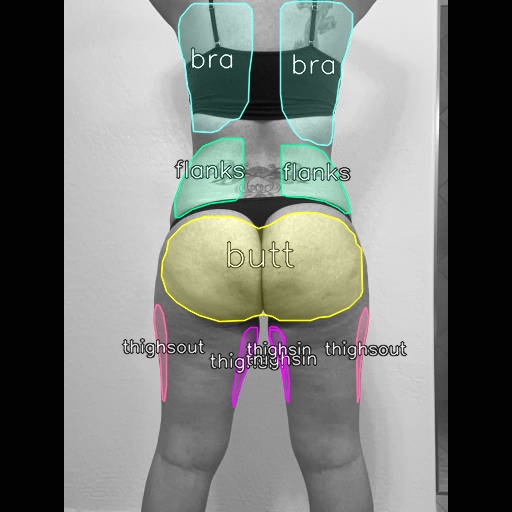Key Takeaways
-
Awake liposuction with tumescent local anesthesia generally hurts less during the procedure and frequently results in less post-procedural grogginess and a quicker resumption of light activity than general anesthesia.
-
General anesthesia does remove intraoperative awareness and pain, but it has added risks like nausea, respiratory issues, and increased immediate recovery time.
-
Things like personal pain tolerance, anxiety, medical history, and past surgical experiences should determine whether awake or asleep liposuction is right for you.
-
Select a board-qualified surgeon with expert experience in both approaches who will customize anesthesia, employ delicate surgical technique, and transparently discuss risks and recovery.
-
Technological advances such as smaller cannulas, improved tumescent solutions, and monitoring equipment make awake procedures safer and reduce the trauma to the tissue.
-
Talk anesthesia risks, realistic timelines, and post-op care with your surgical team. Consider pre-surgery anxiety-reduction strategies to boost comfort and satisfaction.
Awake lipo is not more painful than asleep lipo if the proper local anesthesia and sedation is employed. Patients do sense pressure and movement, but they describe very little pain during the procedure.
Recovery pain depends on the size of the area treated, technique, and your individual pain tolerance. Our medical teams keep an eye on comfort and tweak medication accordingly.
Below, we compare pain levels, anesthesia types, and tips to ease recovery after both awake and asleep.
Pain Perception Compared
Awake and asleep liposuction vary primarily in how pain is avoided and sensed. The difference is in the anesthesia, intraoperative, early post-operative, and general recovery sensations. Here are targeted comparisons to assist readers in balancing the probable pain curves and pragmatic compromises.
1. Anesthesia Type
Local tumescent anesthesia deadens specific locations. It utilizes diluted lidocaine and epinephrine injected into fat planes so patients remain conscious but experience minimal sensation at the site. Tumescent numbing blankets the treatment area and allows surgeons to operate while patients answer questions.
General anesthesia renders you completely unconscious. An anesthesiologist controls the airway and vitals while the team does the work. This eliminates intraoperative pain entirely but introduces risks associated with heavy sedation.
Local risks such as lidocaine toxicity with excessive dosing and infrequently local allergic reactions. General anesthesia dangers encompass nausea, intubation-induced sore throat, respiratory issues, and prolonged groggy emergence.
2. During Procedure
Conscious liposuction patients frequently experience some low-level pressure, pulling, or buzzing and infrequent acute pain surges. Those spikes can reach 7 to 8 out of 10 in some cases, but they’re typically brief and handled with additional local anesthetic or mild sedation.
Asleep methods eliminate the risk of consciousness or intra-op pain. Operators may be more aggressive because the patient can’t provide feedback. That can mean different tissue handling and thus more post-operative soreness.
Awake patients can speak up if discomfort increases and the surgeon can halt or supplement anesthetic. Several teams administer oral sedatives or nitrous oxide to reduce anxiety and ease the experience.
3. After Procedure
Patients who had awake lipo typically wake clear-headed and feel less drowsy. They usually require less opioid pain medication and can ambulate earlier. Both groups experience swelling and bruising, but these gentler awake methods frequently translate into less immediate symptoms.
General anesthesia patients may suffer nausea and grogginess and require longer monitoring. They tend to need more potent pain relievers following surgery and describe more intense post-operative pain during the initial 24 to 48 hours.
Healing is generally quicker with awake lipo, allowing for light exercise to be resumed sooner. It still varies from person to person.
4. Recovery Period
|
Measure |
Awake (local) |
Asleep (general) |
|---|---|---|
|
Typical downtime |
Shorter |
Longer |
|
Peak pain level |
Occasional 7–8 (short) |
Often lower during surgery, higher post-op |
|
Need for opioids |
Less |
More |
|
Anesthesia risks |
Lidocaine-related |
Respiratory, nausea |
Healing speed depends on care compliance, health, and pain tolerance. Minimize complications and accelerate healing with proper wound care, activity restrictions, and medications.
5. Patient Reports
Case reports indicate that many patients find awake lipo acceptable with lower global discomfort scores. However, some describe sporadic pain of 7 to 8 out of 10. They are of comparable magnitude, just qualitatively different.
Real-world lists show awake lipo has fewer systemic side effects. Asleep lipo has less intra-operative awareness but leads to more post-operative grogginess and stronger pain medications. Individual tolerance and anxiety strongly color outcomes.
Your Personal Factors
Deciding between awake and asleep liposuction depends on a number of personal considerations that directly impact your experience and results. Pain tolerance, anxiety level, prior medical history, and the scope of the procedure factor in as well. Suitability varies. Small, quick sessions on limited areas often work well with local anesthesia, while longer or more extensive cases typically point toward general anesthesia. Procedure time generally varies from one to four hours. Longer cases can increase the likelihood of pain if you stay awake.
Evaluate pain tolerance, anxiety, and comfort zone. Be truthful with yourself about your response to pain and suffering. Some experience intermittent pain that shoots up to a 7 or 8 out of 10 during liposuction, which is scary and difficult to manage while awake. Others endure pulls and tugs and momentary stings without significant suffering. If you have a low pain threshold, strong baseline ticklishness, or high situational anxiety, general anesthesia is completely pain-free and eliminates the stress of observing or hearing procedure noises.
For those who like to remain in the driver’s seat and want to sidestep the dangers of general anesthesia, awake approaches with local anesthesia and sedation can be effective. Think about past operations and treatments. Previous operations, anesthesia sensitivities, or ongoing pain influence your selection. If you have experienced sedation badly or have respiratory, cardiac, or bleeding concerns, your surgeon and anesthesiologist will direct you toward the safest choice.
Surgeon skills and facility accreditation are important too. Experienced teams can customize anesthesia strategies to minimize risk and optimize comfort, whether awake or asleep. Tailor anesthesia selection to recovery objectives and lifestyle. Some patients can resume light activities in two to three days, while others require seven to ten days. Awake liposuction can enable quicker upfront recovery and reduced systemic side effects, but it may lead to higher intraoperative pain.
General anesthesia extends recovery from the anesthetic but removes intraoperative pain and anxiety for most. Consider work, caregiving, travel, and your openness to experiencing side effects like nausea, dizziness, or brain fog after general anesthesia. Consider the difficulty of the process. Higher-volume liposuction or multi-zone sculpting typically requires more time and causes more tissue trauma, making you more prone to pressure and sporadic discomfort while conscious.
Final results differ from person to person, but contours typically stabilize after approximately a month. Consider that timing in your schedule. Talk about candidacy, risks, and realistic expectations with your surgeon to pick the safest, most comfortable path for you.
The Surgeon’s Role
Surgeons play a role too. They prepare the ground for safety and comfort with expert clinical skill, careful judgment, and crystal-clear patient evaluation before any liposuction, awake or under anesthesia. Their qualifications matter. Board certification, formal training in plastic surgery, and documented experience with liposuction techniques reduce risks.
Going over your medical history, medications, and overall health allows the surgeon to determine if a candidate can be operated on under local-only anesthesia or if they need sedation or general anesthesia. Some patients have conditions that make awake procedures unwise, and a surgeon needs to identify those and describe alternatives.
The surgeon’s experience influences both pain and outcome. Not every surgeon is equally experienced with awake liposuction. Some eschew large cases on local-only plans out of concern about patient comfort, extended procedure times, or increased local anesthetic doses required to cover large areas.

Others have optimized workflows and can safely do multi-area tumescent liposuction with less bleeding and better pain control. Inquire how many awake procedures the surgeon performs, observe before and after examples, and ask for complication rates or independent reviews.
Your conscientious surgeon personalizes the anesthesia and medications. They estimate safe doses of local anesthetic by weight and area treated, select tumescent solutions to numb and constrict blood vessels to minimize bleeding, and might prescribe or administer mild anxiolytics to reduce preoperative tension.
A thoughtful explanation for why a plan suits you indicates good care. If the surgeon can’t rationalize a local-only plan for your situation, that caution is appropriate, not a failing.
Intraoperative technique and team communication count for comfort. Delicate tissue management, routine tumescent infiltration, and incremental cannula passes minimize pulling and noxious stimuli. Surgeons collaborating with anesthetists and nurses experienced in awake care can monitor vitals, adjust sedation if necessary, and guide patients through sensations.
A calm, clear voice that provides verbal guidance during such awake procedures frequently lessens perceived pain and relaxes patients.
Surgeons owe a discussion of risk and reasonable expectations. They need to describe anesthesia risks, bleeding, infection, contour irregularities and what to expect in terms of soreness after awake versus asleep procedures.
Surgeons who are accustomed to awake liposuction are better equipped to address intraoperative pain and identify early indications of complications. They need to give you written plans for post-operative pain control and follow-up.
Technology’s Impact
Medical innovation in tools and protocols has transformed the experience and recovery of awake and asleep liposuction. Smaller, more refined newer-generation cannulas, optimized tumescent solutions, and more capable monitoring gear have contributed to these changes. These changes render awake surgeries safer, reduce collateral damage to tissue, and frequently translate to reduced pain both during and post-procedure.
Smaller cannulas and improved tumescent solutions minimize pain and bruising by limiting trauma to fat and surrounding tissue. A skinny cannula travels through fat with less power than those antiquated, jumbo-sized tools. Tumescent solution, injected into the site, numbs tissue, diminishes hemorrhaging and balloons out a space for the cannula to slide through.
Patients perceive less pain during awake liposuction because local anesthesia delivered through tumescent technique actively seeks out and numbs nerves. This configuration aids numerous patients to get back to light activity in only days. Some patients even describe returning to normal activities within 2 to 3 days.
State of the art monitoring equipment in accredited centers enhances safety while awake and asleep. Continuous vitals, pulse ox, and capnography catch issues early. Real-time monitoring allows staff to quickly adjust sedation, fluids, or oxygen.
That infrastructure supports outpatient awake lipo where patients go home the same day, and it underpins low complication rates. Literature and reports demonstrate awake lipo complication rates below 1% when performed in appropriate environments.
New fat-removal devices provide surgeons greater precision and minimize collateral damage. Power and ultrasound-assisted devices assist in breaking up fat more precisely so surgeons need less force. Less power leads to less trauma to ligaments and blood vessels, which decreases post-operative pain and swelling.
For awake patients, this means shorter procedures. Typical awake lipo takes 20 to 90 minutes, which minimizes total anesthesia exposure and accelerates recovery.
Key technological improvements that enhance safety and outcomes:
-
Smaller, more precise cannulas reduce tissue damage and pain.
-
Tumescent formulas are optimized for efficient local anesthesia and minimal bleeding.
-
Power and ultrasound assisted cannulas provide smooth and precise fat removal.
-
Advanced patient monitoring (pulse oximetry, capnography) in accredited centers.
-
Outpatient-capable protocols enable same day discharge and quicker return to life.
-
Shorter procedure times of 20 to 90 minutes minimize anesthetic and recovery burden.
Technology has helped awake liposuction trend toward minimally invasive care, with faster, more comfortable recoveries and low complication rates. Some patients still experience peak discomfort in the 7–8/10 range, but this is usually short lived and can be easily controlled with medications and rest.
The Psychological Experience
Awake liposuction has its own psychological experience which impacts your pain, anxiety, and satisfaction. Patients typically feel a combination of control and stress as they are awake and can communicate with the team. That knowledge can assist some individuals in feeling safer, yet it can make others vulnerable to upset.
The sections below deconstruct typical responses and actionable strategies that form the psychological aspect of awake processes.
Patients are less anxious. They feel more in control when they can talk during the procedure. Being awake allows them to provide feedback on numbness or pain. That interaction can comfort those who hate losing their autonomy to general anesthesia.
For instance, if a patient feels tugging or vibration, they can inform the surgeon instantly, which can mitigate fear and make the moment feel collaborative. This feeling of control typically enhances trust and may even result in greater satisfaction following recovery.
Some patients experience heightened anxiety or discomfort at the thought of being awake. Imagining pressure, movement, or intermittent pain, sometimes reported as 7 or 8 out of 10, can be frightening. For those people, the option of being asleep under general anesthesia is more appealing.
Anxiety before and during the procedure can intensify the perception of pain and make routine requests, like sitting up briefly to check a contour in the mirror, feel overwhelming. Anticipatory fear may lead some to avoid awake techniques even when medically appropriate.
Preoperative evaluation and mental sedation minimize surgical anxiety in awake surgeries. Comprehensive evaluation covers talking about previous experiences with medical interventions, present anxiety levels, and employing validated anxiety screening tools.
Simple measures work: oral sedatives before the procedure, guided breathing, concise explanations about what sensations to expect, and stepwise exposure to sounds and instruments in the clinic. Psychological framing informs patients that they may experience some intermittent discomfort, but it will be short-lived and helps establish realistic expectations.
Employee training in calm, clear communication is essential.
Postoperative happiness and satisfaction increase when patients feel informed and involved. Those who knew what their steps were, knew when sensations might spike, and felt empowered to request pauses reported relief and pride when they observed outcomes.
In contrast, patients who perceived themselves to be ill-prepared or not sufficiently numbed remembered trauma and long recovery. Tired of being still for hours and tired of being asked “how are you,” tolerance can erode for long cases.
Psychologically, empowerment and clear preparation minimize the likelihood that you will have a bad memory and maximize your longer-term happiness.
Anesthesia Risks
Awake liposuction employs local anesthesia whereas traditional liposuction generally utilizes general anesthesia. Every route has its own hazards, and understanding these assists patients balance discomfort, safety, and recuperation. Local anesthesia can free the patient from airway and systemic effects of general anesthesia, but it is not without risks.
General anesthesia precludes consciousness and intraoperative pain, but introduces its own risks impacting respiration, circulation, and convalescence.
Compare the overall dangers and potential complications
|
Risk category |
Local anesthesia (awake lipo) |
General anesthesia (asleep lipo) |
|---|---|---|
|
Airway/respiratory |
Low risk of airway loss; patient breathes spontaneously |
Higher risk of airway complications, need for intubation, aspiration |
|
Systemic drug reactions |
Risk of lidocaine toxicity if dose or absorption high |
Risk of anesthetic allergic reactions, malignant hyperthermia (rare) |
|
Cardiovascular |
Usually stable but rare local toxicity can affect heart |
Blood pressure swings, arrhythmias, rare heart events |
|
Pain and intraoperative experience |
Possible intermittent pain, pressure, vibration; reported pain up to 7–8/10 |
Patient unconscious, no intra-op pain experience |
|
Nausea/vomiting |
Less common |
Common post-op issue |
|
Thromboembolic events |
Low but possible |
Small risk of blood clots, especially in longer cases |
|
Recovery time |
Faster discharge and recovery |
Longer wake-up time, possible grogginess |
|
Procedural completeness |
Risk of incomplete procedure if pain or anxiety limits surgeon |
Surgeon can complete planned work without patient feedback |
|
Facility dependence |
Safer in accredited centers; office settings increase risk |
Safer in accredited centers or hospitals |
Local anesthesia carries the risk of lidocaine toxicity, which can result in tinnitus, metallic taste, numbness, seizures, or cardiac problems if maximum safe dose limits are surpassed. Patients may still experience pressure, movement, or vibration in parts not fully numb.
It’s not unusual to experience intermittent pain; some patients feel like their pain is a 7 to 8 out of 10, which can be upsetting and either force you to stop early or restrict how much liposuction you get. Anxiety and panic in awake procedures can be difficult to manage and can make the session less safe or effective.
Frequent anxiety medicine users might be poor candidates for awake surgery because sedative effects and drug interactions alter safety and monitoring requirements.
General anesthesia brings risks like nausea, vomiting, respiratory depression, and rare but severe reactions including blood clots and adverse cardiac events. The choice of anesthesia should factor in surgeon skill, facility accreditation, and the patient’s health and medication use.
Accredited ambulatory surgery centers or hospitals provide better monitoring and emergency backup than informal office settings. Some surgeons value patient input during awake cases, using the patient as part of the team. That requires realistic expectations and good candidacy assessment.
Conclusion
Awake liposuction and asleep liposuction both hurt at different points. Awake procedures deliver piercing, concentrated pain during numbing and some pulling or scalding afterwards. Asleep procedures reduce pain during the surgery but they introduce sore throat, grogginess, and longer recovery from medications. Your previous pain history, anxiety level, and body type influence what you experience. An experienced surgeon and quality technology reduce pain by utilizing miniaturized instruments, precise methodology, and defined stages. Mental calm reduces stress and pain signals. Compare the medical risks of general anesthesia to the steady pain of local or IV sedation. Talk honestly with a surgeon about precise procedures, medications, and recuperation. Schedule a consultation to receive a personalized treatment plan that suits your unique needs.
Frequently Asked Questions
Is awake (local) liposuction more painful than liposuction under general anesthesia?
Awake liposuction can be uncomfortable during the procedure, but local anesthesia and sedation typically stop any acute pain. General anesthesia removes consciousness and intraoperative pain. Post-operative pain is comparable for both and is treated with medications.
Will I feel pressure or movement during awake liposuction?
Yes. You’ll probably sense some pulling, pressure, or vibrations. These feelings are natural. They’re more traumatic with vague language and heavy sedation. You may hear your surgeon’s voice during the procedure for reassurance.
Which method has a faster recovery: awake or asleep liposuction?
Awake liposuction can be recovery-accelerating as it sidesteps the side effects of general anesthesia. Patients can leave earlier and they’re less groggy. The total healing time for tissues is comparable in both.
Are complication risks higher with awake liposuction?
Complication rates have more to do with surgeon skill, technique, and patient health, not just anesthesia type. Local anesthesia circumvents risks associated with general anesthesia but still needs seasoned providers and adequate monitoring.
How does anesthesia choice affect postoperative pain?
Anesthesia type primarily influences intraoperative pain. Postoperative pain is handled in the same fashion with prescriptions, local blocks, and compression garments. Proper pain control plans should be made before surgery.
Can anyone choose awake liposuction instead of general anesthesia?
Not everyone qualifies. Medical history, procedure size, anxiety level, and surgeon preference all factor into what is best for you. A preoperative consult with your surgeon and anesthetist will determine the safest option.
How can I reduce pain and anxiety if I choose awake liposuction?
Just follow your pre-op instructions, talk about your sedation options, take prescribed anti-anxiety or light sedatives, and plan for post-op pain meds. Pick a qualified awake specialist for less pain and great results.












